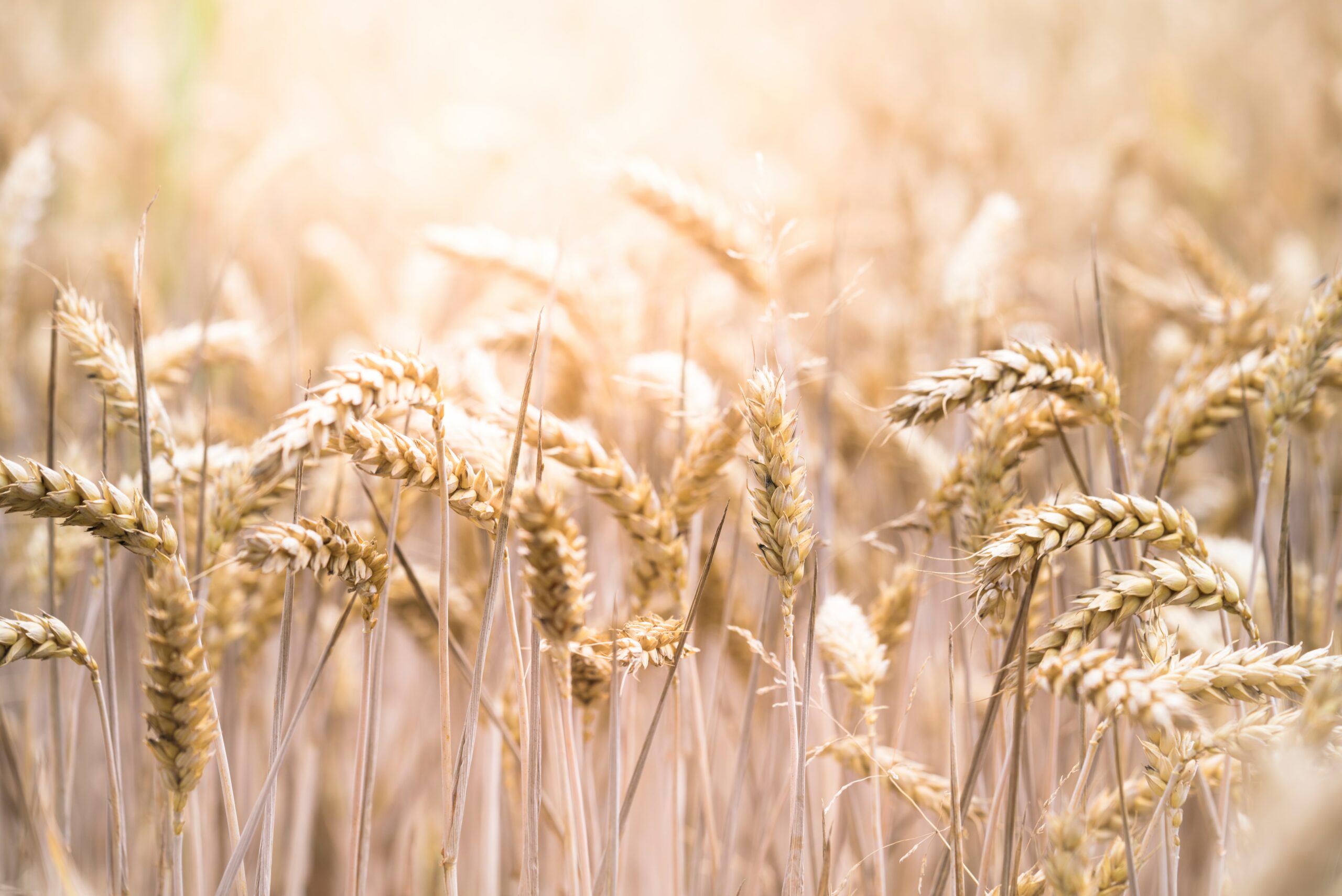How did the war in Ukraine influence the import of wheat to Morocco, and what are the possible solutions to the issue?
Morocco’s alimentary habits follow a Mediterranean pattern, with cereal grains, fruits, and vegetables at its core. Wheat plays a particularly prominent role, with common/soft wheat used to produce flour and bread and durum wheat used to produce semolina and couscous, among other uses.
Morocco has one of the highest per capita wheat consumption against a global average of about 70kg/capita. Wheat is thus particularly important for Morocco’s national food security. Nevertheless, because of water scarcity, compounded by four years of drought during the past half-decade, the country cannot be fully self-sufficient to answer its domestic demand, now only producing 60 to 65% of its needs. The rest must be imported, which comes with a series of challenges.
Since its domestication 10,000 years ago in the Near East’s Fertile Crescent, wheat has come to occupy a central place in global nutrition. It is the most cultivated crop worldwide and contributes to about a fifth of the world’s consumption of dietary calories and protein. Its consumption is the highest compared to global averages in areas spanning from Central/West Asia to Europe through North Africa.
After the inception of the Russian offensive in Ukraine in February 2022, a lot of attention was directed to the role that the two countries play in global food security as critical providers of cereal grains (barley, corn, and wheat) and fertilizers (nitrogen, phosphates, and potassium). While 2021 Russia and Ukraine collectively ensured three-quarters of global exports of sunflower oil and an eighth of total exports of corn, the two belligerents also represented a quarter of global wheat exports. While some pressure was relieved by the July 2022 Black Sea Grain Initiative, which reintroduced the two countries’ exporters of cereals and fertilizers to the global market, the Russian decision to exit the “Grain Deal” reignited fears about global food security.
The fragile status quo between the two warring parties was particularly felt by the water-scarce (or arable land-scarce, as in the case of Lebanon) Middle East and North Africa (MENA) region, and, more specifically, for Arab Mediterranean States (AMSs).
In effect, oil-rich Gulf countries enjoy better access to human, financial, and organizational resources, thus helping them navigate supply disruptions with more ease. They also greatly rely on rice as a staple food for their population. The latter is notably exemplified by the fact Saudi Arabia was the third-largest importer of rice in 2021, while the United Arab Emirates ranked seventh.
On the contrary, AMSs are all classified by the World Bank as middle-income economies (except for Syria, which is a low-income economy) and collectively represented 16% of global wheat imports in 2021, totaling about 10 billion USD, according to the Observatory of Economic Complexity (OEC). Over-exposure to wheat imports from Russia and Ukraine in the domestic consumption of wheat could thus expose AMSs to considerable risks to their national food security, thus rendering diversification of paramount importance.
The global wheat trade does offer possible avenues for such diversification. In 2021, about a quarter of global exports were ensured by the United States and Canada, while Australia represented close to an eighth of the total and France and Germany another eighth. It should also be noted that member states of the Three Seas Initiative (3SI) in Central and Eastern Europe represented 15.5% of the global total wheat exports – roughly the equivalent of AMSs’ share of global imports.
Some AMSs were particularly exposed to the Russia/Ukraine conflict for their supply of wheat. Egypt and Lebanon are cases in point: In 2021, according to the OEC, Russia and Ukraine represented about three-quarters of the countries’ imports of grain cereal.
Morocco fared better that year, with more attention given to the diversification of its suppliers. France and Canada thus accounted for more of Morocco’s wheat imports than Ukraine (which still stood at 20.2% that year), Argentina and Poland both represented about a tenth of imports each, and Russia stood below Germany and Bulgaria in the supply of the grain cereal, at 2.29% of the total.
Thus, structural efforts and strategies to ensure food security are coupled with conjunctural actions in diversifying sources of wheat imports.
Morocco’s King Mohammed VI thus emphasized in his opening speech for the current legislature that “food sovereignty” was a key pillar that required the attention of policymakers – a strategic orientation that was reinforced by the pandemic. The 2021 address thus echoed other sectoral strategies, including the Green Morocco Plan (2008-2020) and the Green Generation Plan (2020-2030), which both included provisions to reinforce Morocco’s food security and resilience.
Second, as its wheat production was adversely affected by the drought the Kingdom has experienced during four of the past five years, the country further diversified its sources of imports from international partners, particularly in the European Union, to address the shortage. The Kingdom of Morocco initiated a wheat importation program in response to the situation.
Recent data also demonstrates the efforts made by Morocco to diversify its sources of wheat. As of October 2023, France remained the leading supplier of wheat to Morocco, importing 103,275 tonnes, but was followed by Romania (59,459 tonnes), Lithuania (33,000 tonnes), and Poland (32,979 tonnes). Russia was also a major supplier, with a volume of 27,500 tonnes. In November 2023, Morocco imported 80,897 tonnes of soft wheat, according to the National Federation of Cereals and Pulses Traders.


